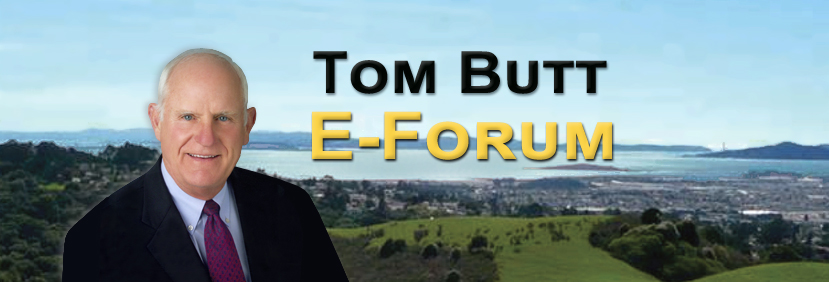|
| I am working on a political history of Richmond beginning 50 years ago when I moved to Richmond. The project will come in installments, broken down by in two parts, not necessarily in chronological order, first the decades of the 1970s, 1980s and 1990s before I was elected to the City Council, and second, the years 1995-2023 when I served on the City Council.
Newcomers to Richmond might believe that a City Council standing up to Chevron and other industries was a phenomenon of the 21st century that followed the rise of the Richmond Progressive Alliance (RPA) in Richmond in the first decade of the 2100s (Refinery Town: Big Oil, Big Money, and the remaking of an American City[1] and Winning Richmond: How a Progressive Alliance Won City Hall[2]).
They might believe that the 2014 election, where all five Chevron-backed candidates lost, was a watershed moment in Richmond’s political history. These are compelling narratives, but Richmond history is much more complicated, and recent accounts ignore the march of Richmond politics that began years before the RPA had even heard of Richmond.
I was there, and I started this chronicle as a summary, decade by decade from my point of view, of Richmond politics from the early 1970s to 1995, and then year by year from 1995, when I was elected to the City Council, to 2023.
This is a story about how Richmond changed and grew in the years from the early-1970s to the mid-1990s and beyond, including my personal experiences and observations.
Because Richmond has grown by 35,000 since 1980, we know that at least 35,000 people who live in Richmond in 2023 were not here in the 1970s. Because of normal turnover, it is likely that as much as two-thirds of Richmond’s current population is new since the 1970s and 1980s. There is little institutional memory of the far-reaching advocacy and public policy decisions of those years, the results of which we now take for granted.
As late as 1970, there were only 67 feet of Richmond’s 32 miles of shoreline legally accessible to the public. By 1990, 25 years later, that had increased to several miles, including over 3,000 acres of regional shoreline parks.
The 1970s saw the beginning of two flagship projects for Richmond, Marina Bay and Hilltop Mall. The former remains a thriving success while the latter has been all but abandoned.
Long before Black Lives Matter, Richmond was one of the first cities to set up a civilian police review commission to review complaints about excessive force and recommend policy matters to the police chief.
In researching this, I could not help but notice the extraordinary level and detail of media coverage in those decades compared to today. The local newspapers covered city and city council activities almost blow by blow with lots of analysis. Today, that is long gone.
My first full year on the City Council in 1996 was an auspicious year, fraught with controversies that are still very much alive 27 years later, including, notably, Point Molate and Terminal 1. For the Year 1995-96, click here.
I hope you find my narrative interesting and informative.
[1] Steve Early, Refinery Town: Big Oil, Big Money, and the Remaking of an American City, January 17, 2017
[2] Gayle McLaughlin, Winning Richmond, December 24, 2017
|

